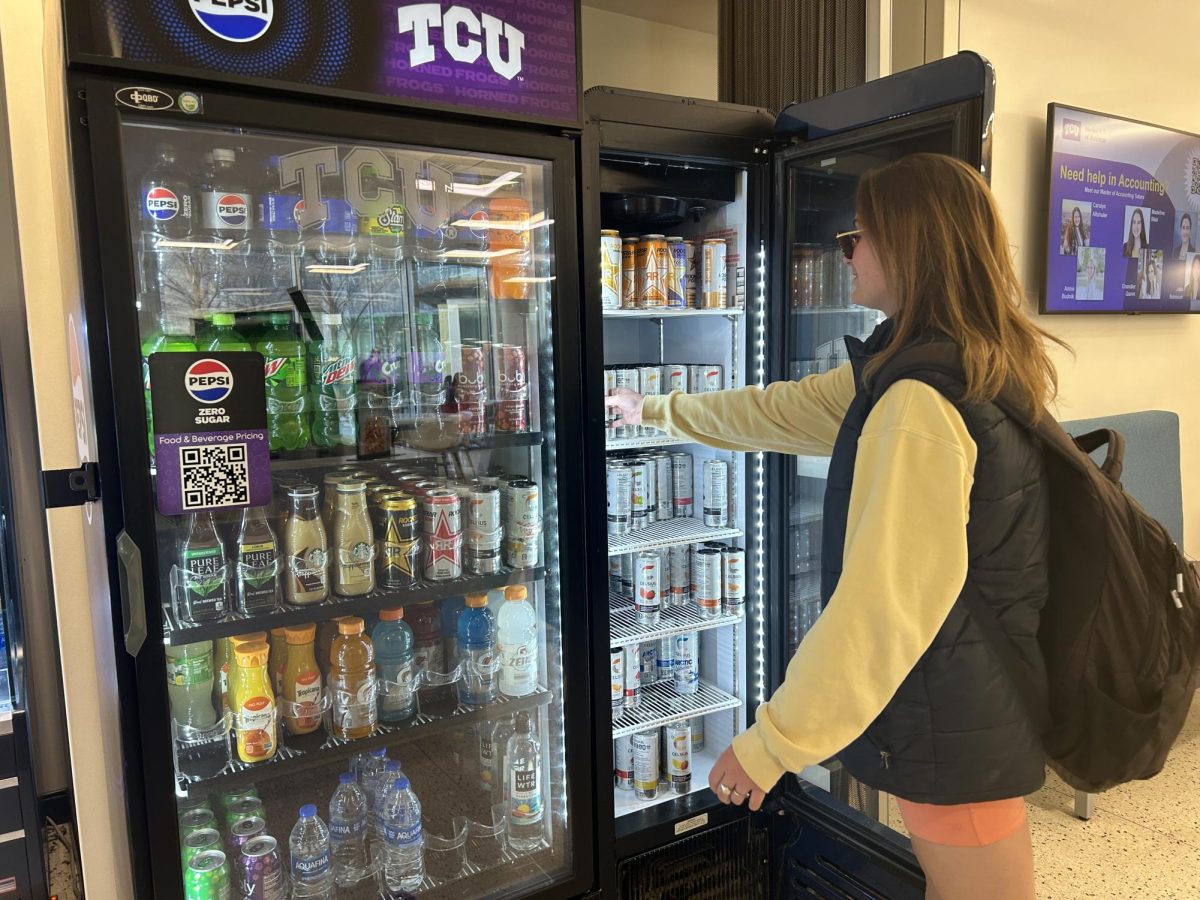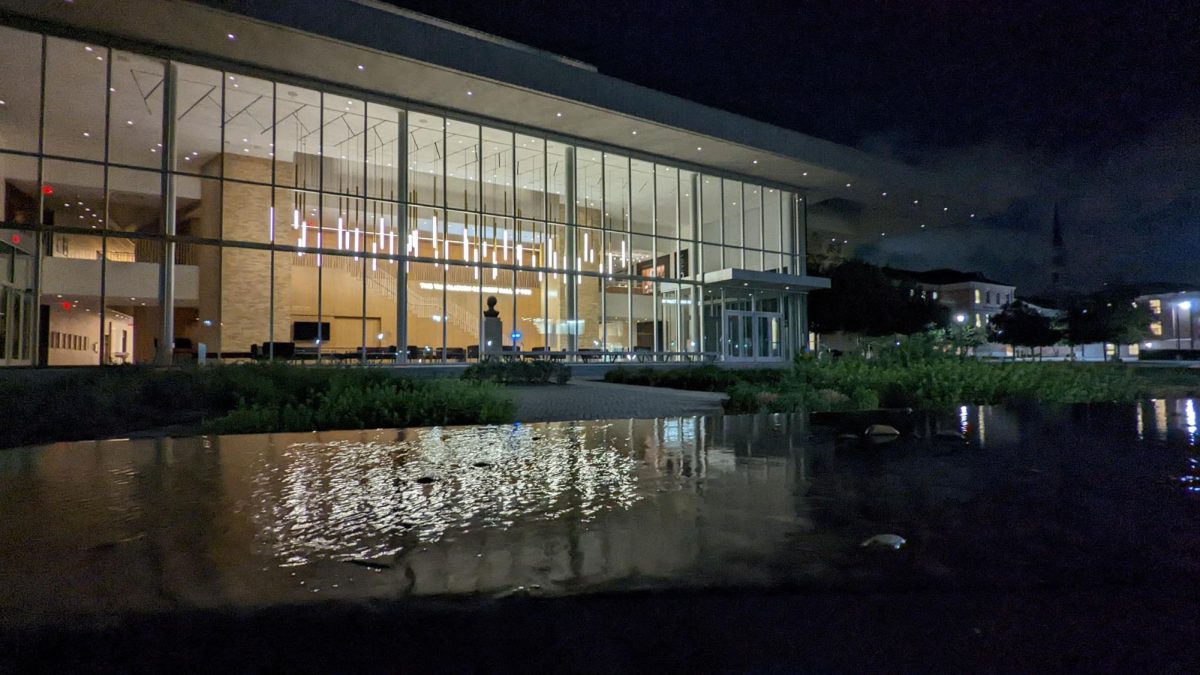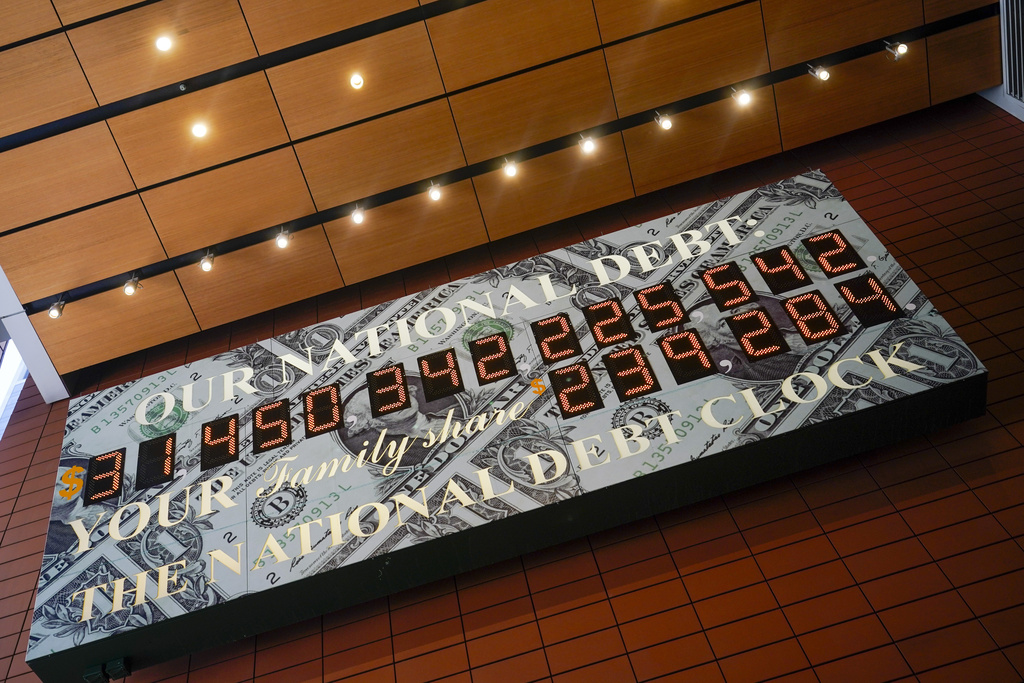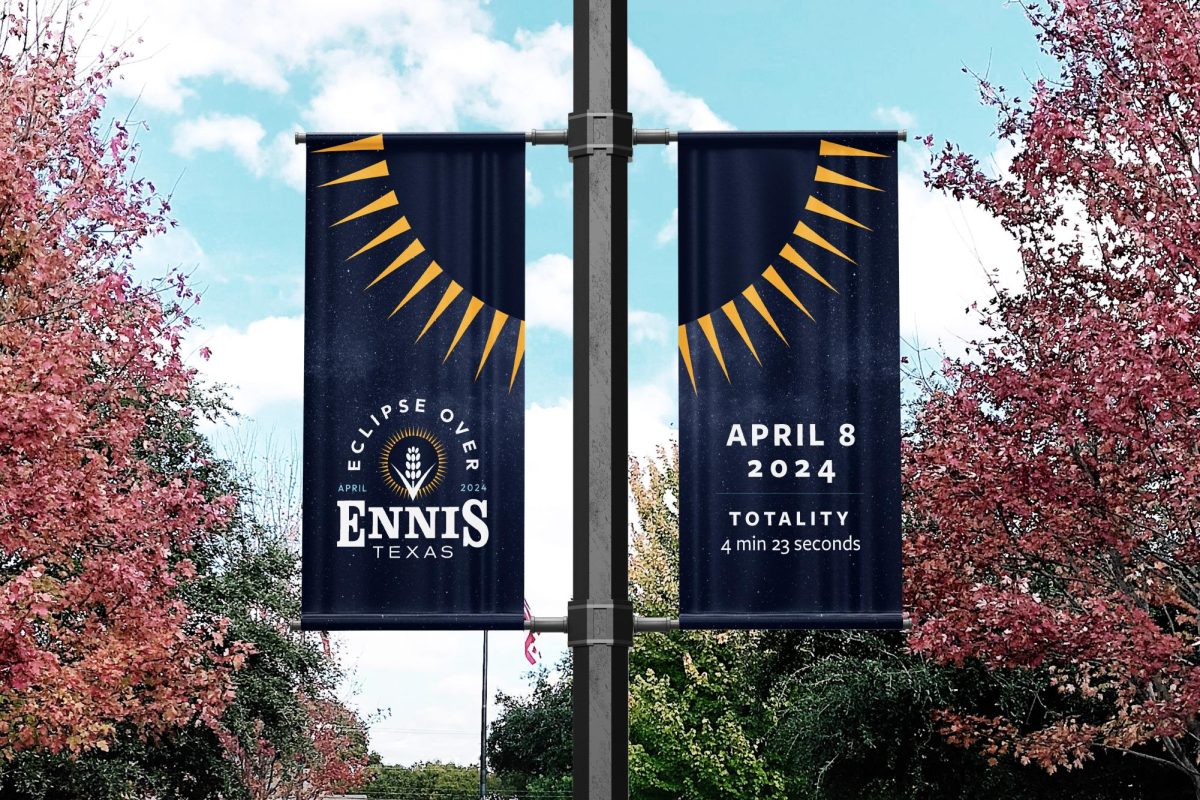Debris from the Dec. 5 implosion of the west grandstand of Amon G. Carter Stadium is now being removed, and 98 percent of it should be gone by the end of January, to be recycled for use in future projects.
Craig Martin, senior project manager at Austin Commercial, the company handling the demolition and renovations to the stadium, said the implosion went according to plan and problems with the dust created by the implosion were minimal.
“It went very smoothly,” Martin said. “The wind helped us out with the dust. We volunteered to clean one residence that was dusted, but we didn’t have any other complaints.”
Jeb Bradshaw, secretary of the 109’s Colonial Hills Neighborhood Association, the neighborhood just west of the stadium, said he saw no problems whatsoever with the implosion.
“We actually had an implosion watching party at our house. We had a great time, and the implosion appeared to go very smoothly,” he said. “We didn’t experience any dust. We saw it but it stopped short.”
Bradshaw said there has not been any communication to the neighborhood association about complaints after the implosion.
“All is quiet in the neighborhood,” he said. “I think that’s a good thing, I haven’t heard anything at all.”
Martin said excavation and building of the new west stands should start in the next few weeks.
Construction going forward
He said that work on the stadium would follow normal construction work hours allowed in the city code.
“We’re not asking for any variance beyond that,” Martin said. “We’re trying to keep activity to a minimum. We expect very minimal discomfort to the neighbors.”
Construction work hours are from 7 a.m. to 8 p.m. Monday through Friday and from 8 a.m. to 6 p.m. on Saturday.
“We tried to go out of our way to be good neighbors,” Martin said. “It is a large construction project to undertake in a quick schedule.”
For Bradshaw and residents near the stadium, many will just be happy when the construction is completed.
“I look forward to the finished product,” Bradshaw said. “The artwork and renderings of the new stadium make it look like it will be incredible, and it won’t be too bad to look at from the house.”
Communicating implosion information to residents
On Nov. 30, a public meeting was held to alleviate the questions and concerns of area residents about the implosion, especially those in the Colonial Hills neighborhood.
The meeting was the third and final neighborhood meeting about the implosion, Tracy Syler-Jones, TCU vice chancellor of marketing and communication, wrote in an e-mail. The first meeting was Nov. 7 and the second was held on Nov. 18. The meetings addressed construction and answered concerns of the residents.
Syler-Jones wrote that TCU Marketing & Communication sent direct mailings to approximately 1,500 neighbors surrounding TCU in the month before the implosion and Austin Commercial distributed door hangers to those closest to the stadium on the days before the implosion.
The university created a construction page in October on the stadium.tcu.edu website to communicate construction information. Syler-Jones wrote that the page had over 3,000 hits since its creation.
Bradshaw said he was satisfied with the information given to area residents but would liked to have seen the information delivered further in advance.
“My only thought is that we could have gotten the information a little earlier,” Bradshaw said. “It seems like it was rushed, and maybe that was part of the strategy.”
Bradshaw said the Nov. 30 public meeting made him feel much better about the implosion and what was going to happen, but he felt the meeting was held too close to the implosion date.
“They had the permits for two years,” he said. “Why did all the information come down to the last minute in such rushed fashion? If I could do it all over again I’d certainly like to see communication start earlier.”
Alleviating concerns
Bradshaw said that from e-mails going around before the implosion it seemed that there were some people in the neighborhood generally concerned about the implosion.
For many residents attending the meeting, the biggest concern was damage to their property caused by the implosion.
Martin said at the meeting that properties should be safe from damage and extra precautions would be taken because of the homes in the area.
“Companies take down buildings within a lot closer proximity to other structures,” Martin said. “Because it is a neighborhood we are taking extra precautions.”
Martin said that implosion was the safest way to bring the building down.
“It’s not an issue of cost of anything else,” he said. “It is just the safest way.”





